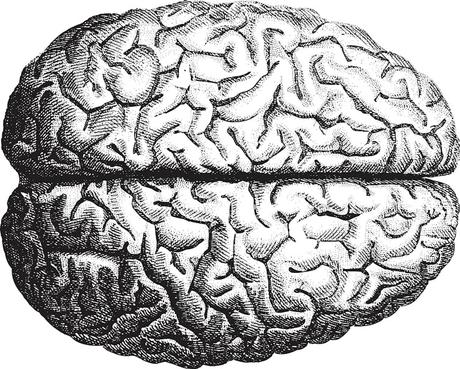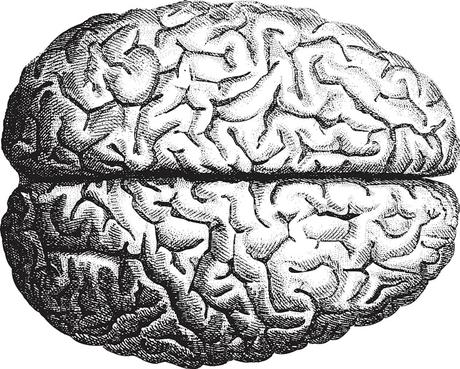Shutterstock/MrVander" src="https://s.yimg.com/ny/api/res/1.2/uE3h8WNcxxKC7uDMILnAdQ-/YXBwaWQ9aGlnaGxhbmRlcjt3PTk2MDtoPTU1NQ-/https://media.zenfs.com/en/the_conversation_464/143cadb9d1cf78b55ea71ed7 25df8254″ data-src= "https://s.yimg.com/ny/api/res/1.2/uE3h8WNcxxKC7uDMILnAdQ-/YXBwaWQ9aGlnaGxhbmRlcjt3PTk2MDtoPTU1NQ-/https://media.zenfs.com/en/the_conversation_464/143cadb9d1cf78b55ea71ed725df 8254″/>
A few years ago, the leader of Mexico's PRI party told the New York Times that he would "stick to proven campaign tools, like polls and political intuition," and rely on "the old-fashioned way" to win the country's elections to win. election.
His party had been caught using neuroscience to gauge voters' opinions about their candidate for president, and the party was embarrassed. Subsequently, we know from other sources that the party continued to use neuroscientific techniques. Someone even described their approach as "the new way to win elections."
The approach is called neuropolitics and uses brain science to understand our politics. It applies the insights of neurology to explain why we participate in protests, vote for certain parties and even why we lie about our true feelings in polls, potentially distorting the results to give the public a false impression of who there's going to win.
I studied neuroscience before getting my PhD in political science. At the time, the study of the brain was a utopian kind of research, but things have changed. And this has political implications. The Mexican case is an example of politicians exploiting neuroscience for their electoral advantage, but there are many more examples, which I write about in my new book The Political Brain.
It may seem like science fiction. But it is a fact. We already know a lot about how our brains influence our political beliefs and reveal our political views. Here are just four things your brain can reveal about your politics - and believe me, there are many more.
1. Which politicians you like
Let's start with the basics. Advances in social neuroscience mean we can identify the parts of the brain that activate when you watch political ads - and much more. We can do this thanks to functional magnetic resonance imaging (fMRI scans).
When we think, the brain needs oxygen. This oxygen is carried around with blood. Because blood contains iron, which is magnetic, it shows up in a magnetic scanner. So when I see pictures of a person in distress, more blood flows to an area on the side of the brain called the insula.
The story continues
To give an example, when we want to buy something - or when we like a particular election candidate - we activate a part of the brain called the ventral striatum. It is part of the so-called basal ganglia, a part of the brain associated with rewards.
So if your brain activates when you see Candidate A, it's a signal that you will vote for him or her.
This also works on a micro level. When we like something, the area is bombarded with a neurotransmitter called dopamine. When we see pictures or movies of a candidate we like, there is more dopamine in the ventral striatum.
2. If you are center left
We have to be careful because the brain is a complex machine and no single area is responsible for how we think. But some areas are associated with political thinking.
A study - co-authored by actor Colin Firth - found that "greater liberalism [left-wing thinking] was associated with a larger gray matter volume in the anterior cingulate cortex." This part of the brain is associated with empathy. So maybe this study proves that people on the left are more empathetic.
We should perhaps add that the star of The King's Speech, Pride and Prejudice and Bridget Jones' Diary was guest editor of the BBC radio program Today when he commissioned researchers to carry out the study. He has no secret second career as a neuroscientist, although the work he proposes is legitimate science that has undergone rigorous peer review and been published in a leading biology journal.
3. If you are center right
That was the left brain. What about conservatives or center-right? Well, individuals with this belief tend to be skeptical of change and cautious when making choices. The brain region associated with these traits is the dorsolateral prefrontal cortex, at the top of the brain.
Read more: Five signs you may be right-wingSure enough, researchers found that this component was activated when subjects were exposed to video clips with political messages or images of people living alternative lifestyles - something that might suggest a negative reaction to this lifestyle.
4. If you are susceptible to authoritarianism
So far we've looked at moderate leftists and moderate conservatives, but some people are taking more extreme positions. Some describe themselves as religious fundamentalists and are willing to use violence to stop abortion, for example. Others identify themselves with the far right of the political spectrum.
A small study among these people showed that their brains - when they are under the fMRI scanner - show signs of damage to the so-called ventromedial prefrontal cortex. This is an area associated with social intelligence and tolerance.


It is tempting to draw conclusions, but it should be added that people with extreme views on both the far right and the far left show activation of the amygdala when shown clips of political opponents. Amygdala is the part of the brain that comes into action when we are in mortal danger, for example when we see a snake.
The predictive brain
Some may find this scary. Perhaps it is. Whatever you think, we already know that we can predict ideology with up to 85% accuracy.
Neuropolitics is certainly strange and perhaps even worrying, but if you are used to it in pure research, it opens up perspectives for combining the natural sciences with the moral sciences. Much as the philosopher David Hume dreamed of in the 18th century, when he attempted "to introduce the experimental method of reasoning into moral subjects," we too can combine science and philosophy.
You might choose to ignore it. But it is already being used in the real world of political advertising. It's not fiction anymore. if misused it can be dangerous. That's why we need to talk about it.
This article is republished from The Conversation under a Creative Commons license. Read the original article.


